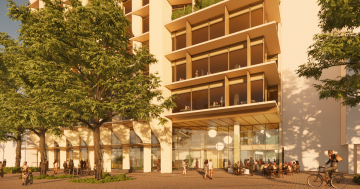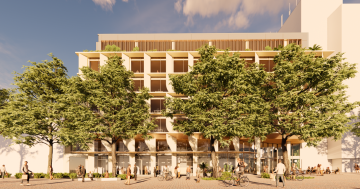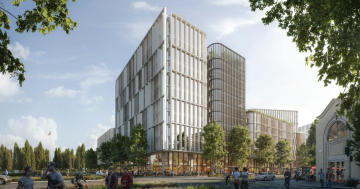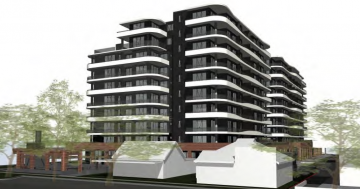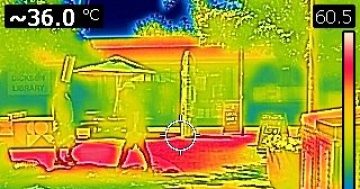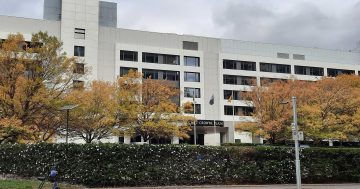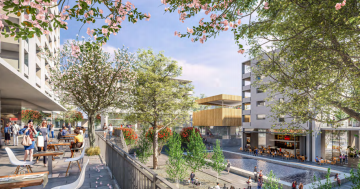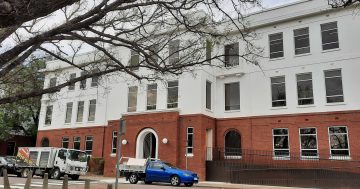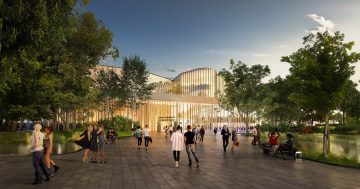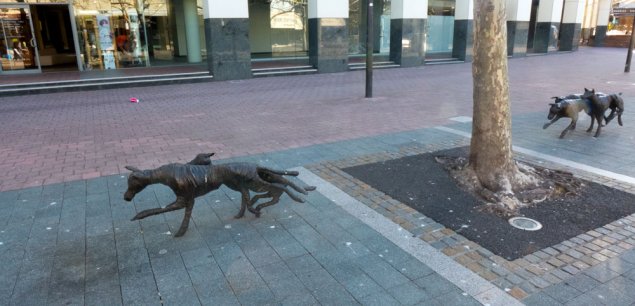
Urgent action is required by the ACT Government to see Civic regain its position within Canberra as a popular centre, a place with its own character and charm and a precinct that attracts locals and visitors. Having previously outlined the issues behind Civic’s decline (see parts one and two of this series), it is timely to open up the debate with some ideas on Civic’s overdue rejuvenation. Hopefully there will be other ideas.
The open plaza areas of Civic should be renamed as the Civic Village Precinct. The Civic Village encompasses the areas bounded by East Row/Mort Street, into Bunda Street, then Petre Plaza till it meets City Walk, then to Akuna Street onto London Circuit.
Developments within this precinct should be guided by a new set of design principles to ensure that the Civic Village develops a unified attractive character suitable for the centre of Canberra. This precinct needs to have a people friendly atmosphere with a targeted range of commercial outlets, new amenities and activities and a substantial increase in residential apartments.
The civic precinct must not be allowed to descend into a zone dominated by high-rise bland boxes with the boring and unfriendly plazas. It is absolutely mandatory that the Civic Village guidelines and subsequent legislation address sustainability issues with the emphasis on climate change adaptation.

The project is to be overseen by the Committee for Civic established to develop a detailed vision and a Civic Village master plan, that is to be subsequently linked to legislation. The panel must be composed of a range of interests and expertise and not have anyone who may benefit directly (make money) from the outcomes.
This Committee for Civic model is proposed to deal with the common perception that the government’s planning and development agencies and their processes are not respected by the Canberra population. The Committee is not to be dominated by the property sector as is the present Civic management panel – CBD Ltd.
Resident groups across Canberra despair about the culture of the ACT Government’s planning agencies and long for a friendly, transparent and humane way of doing the business of planning and development. The Committee for Civic must therefore engage with all interested parties, including the property sector.
It is time to try something different. The Committee for Civic is to be answerable to ACT Legislative Assembly and is to be charged with setting design and development guidelines that cover this precinct’s planning and development including an aesthetic design guide. These guidelines, once accepted by government, are to be incorporated by the Planning Authority into new planning legislation specifically for the Civic Village Precinct.
One obvious challenge for the Committee for Civic is to deal with the dominance to one side by that big box mall. The plazas and their buildings need to be rejuvenated to become an alternative experience to the mall. This will mean encouraging a different range of shops so as not to duplicate of the style of outlets in the mall, being mostly fashion.
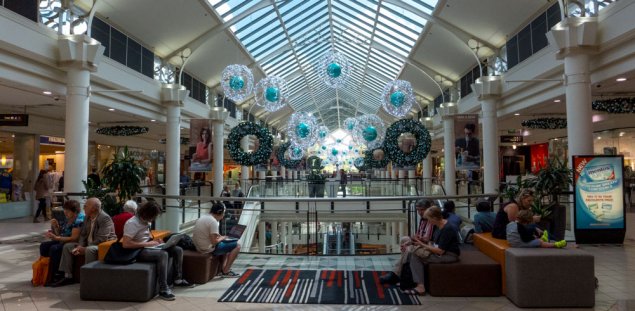
The hindrances to updating Civic are the current restrictive and inadequate planning legislation (overseen by ACTPLA) and that most of the buildings are owned by finance companies and developers who have shown little desire to upgrade their building stock (market forces at work).
The brief should allow for high-rise in some areas of Civic. No, this is not a call for developers to go crazy with their high-rise towers of bland boxes glass and steel (sorry guys and gals).
Where possible, remaining plaza level building frontages are to be enhanced as low rise. This would apply to those remaining low rise buildings along City Walk, Garema Place and Petrie Plaza. The owners would be ‘encouraged’ (a polite way of saying forced) to renovate their street frontages in line with the new Civic Village design guidelines. Where possible some limited higher levels (4 stories?) could be built behind in such a way not to send any shadows into the plazas or to become visually dominant.
The possibility should be explored to see if service lane-ways could be redeveloped to have well designed and attractive eight stories apartment buildings (a challenge) built behind the lower buildings. These open alleyways would then become covered service lanes with the buildings above containing well designed apartments (that challenge again). They should be real apartments not the tiny bed-sits and one-bedroom cupboards adored by many developers (but not lived in by developers).
A limited number of stand-alone cafes and small shops should encouraged into the centre areas of the plazas along with a well designed parent friendly children’s playground. The number of trees in and around the open spaces must not be reduced. Some trees may have to be removed to allow for new facilities, but the total number and the amount of shade should be maintained – if not increased – through replacements.
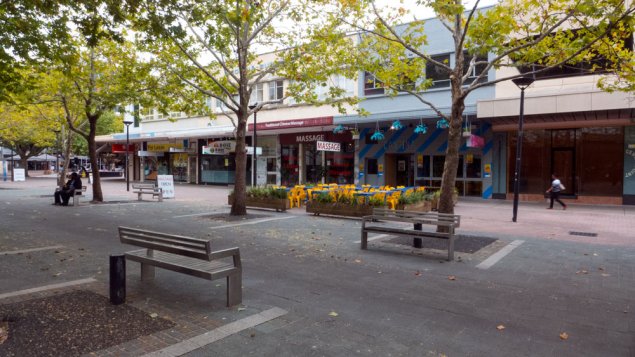
There are many more ideas to be included – here is one selection: Solar panels on all buildings; Bunda Street for service vehicles only; more lockable spaces for bicycles; real gardens with flower beds; the centres of City Walk and Petrie Plaza redesigned for regular markets; encourage a different range of shops to the usual box mall variety; more public art to add character; and some previous events should no longer be staged in these Civic plazas (more on this in a future post).
There are loads of other ideas out there and bringing these together needs to be the major task for the Committee for Civic.
The biggest challenge is to engage the creative expertise within the Canberra community given that residents continue to have bad experiences on planning and development matters and most would rather get on with their lives than have contact with the dreaded planning agencies.
The other challenge is to get ACT politicians motivated (we can try) and committed to real actions on behalf of the people who may elect them at next elections – which are not far away!
Note one: the high rise photo is of Chatswood in Sydney – a shopping area being crowded out by high-rise.
Note two: Melbourne initiated a Committee for Melbourne decades ago and this led to many initiatives – most successful but not all. It is now dominated by corporate suits at the exclusion of the wider community sectors. This needs to be avoided.
Note Three: This piece was written before the Bunda St Shareway was opened so any reaction to this was not included. Comments will follow in another post.
How would you like to see Civic rejuvenated?












